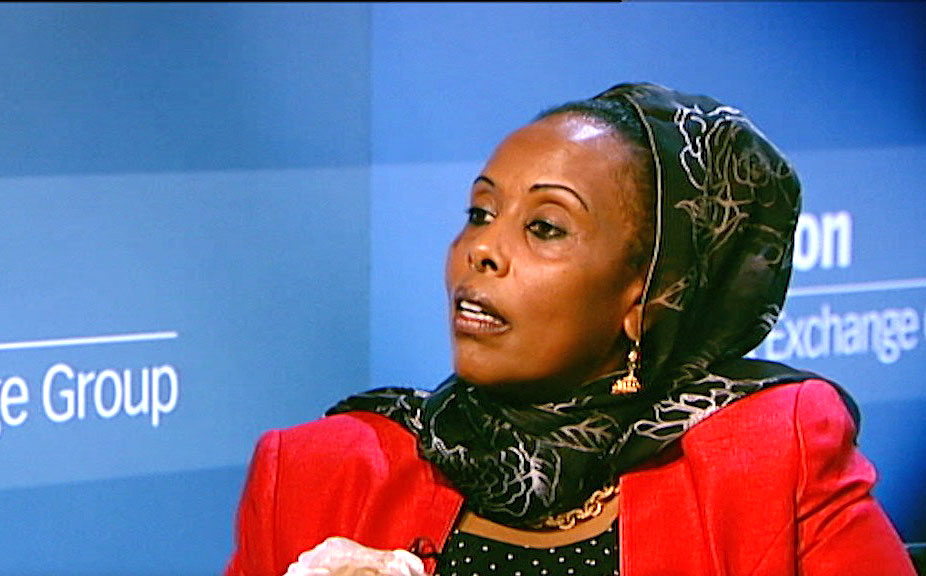Christopher Legilisho, Economist at Stanbic Bank
Increased advertising by companies during September played a role in sustaining strong business output and attracting new clients as the headline Stanbic Bank Purchasing Index (Stanbic PMI) dropped slightly to 54.2 compared to the 56.3 posted in August. The threshold for a positive business outlook is 50.0.
Christopher Legilisho, Economist at Stanbic Bank said, “Strong business output and new order growth were linked to robust client demand, reinforced by effective advertising. Firms foresee healthy client demand conditions over the coming year, with plans alongside to increase investment in advertising and new products. Employment remained healthy in September, with firms stepping up purchases and inventory stocks on the expectation of sustained strong demand.”
The Stanbic PMI is compiled by S&P Global from responses to questionnaires sent to about 400 purchasing managers. The sectors covered by the survey include agriculture, mining, manufacturing, construction, wholesale, retail and services.
The PMI is a weighted average of the following five indices: New Orders (30%), Output (25%), Employment (20%), Suppliers’ Delivery Times (15%) and Stocks of Purchases (10%).
According to the latest survey, the Ugandan private sector remained in growth territory during September. The continued improvement in business conditions was driven by expansions in output, new orders and employment. Demand strength also supported positive output expectations for the year ahead, as firms foresee increased business activity.
Parallel to shorter lead times on inputs, companies continued to raise their purchasing activity amid greater new orders. In turn, firms sought to build inventories further to support future output.
Ugandan businesses are now stepping up their input buying again in a bid to boost inventories further. The rise in purchasing activity came amid another improvement in vendor performance
Meanwhile, despite broadly unchanged staff costs, higher purchase prices pushed total operating expenses up. In line with higher overall input prices, companies signaled a renewed rise in output charges.
Legilisho said, “Both input and purchase prices increased relative to August, reflecting higher prices for raw materials as well as higher utility bills. Wage prices broadly stagnated in September as businesses increased output prices, thereby passing the higher costs on to consumers. Positively, this did not translate into high inflation during the month as the rate of inflation declined to 3% year-on-year (y/y) in September from 3.5% in August.”
Although growth in output was broad- based by sector, construction firms noted a renewed decline in new orders during September.
Overall input costs continued to increase in September, as has been the case in each month since August 2021. Panelists commonly stated that higher utility bills (including water and electricity) and supplier prices were driving factors behind inflation.
Whilst staff costs broadly stagnated on the month, purchase prices rose further and pushed up total input costs.
Amid accommodative demand conditions, firms sought to pass- through higher costs to customers. Selling prices increased in September, following a brief decline in August.
In line with greater new orders, Ugandan companies expanded their workforce numbers in September. The current sequence of job creation was extended to a year-and-a-half.
Sufficient capacity enabled firms to resume the depletion of backlogs of work, following a rise in August. Supporting the rise in employment was further business confidence in the year-ahead outlook for output. Optimism reportedly stemmed from planned investment in new products and more planned advertising.





